
Dying Light pretty much raised the bar for all zombie games when it released in 2015, so it’s no surprise that fans have been anticipating Dying Light 2 Stay Human (pretty much unanimously referred to simply as Dying Light 2) since then.
Now that the sequel is finally out — and already seeing a higher player count than the original ever received — gamers and horror fans around the world are embracing the world and struggles of protagonist Aiden Caldwall.
To provide the score to the massive (both in scale and in popularity) title from Techland, BAFTA-nominated French composer Olivier Derivière (A Plague Tale: Innocence, Vampyr, Greedfall) blends a unique mix of high-octane action and the hopelessness of the post-apocalyptic dystopia into every bit of music within the game.
After premiering the main theme for the game back in September, SPIN spoke with Derivière at the game’s release to chat about everything and anything that went into the soundtrack for Dying Light 2.
SPIN: With the amount of attention that Dying Light 2 received both before and upon release, how does it feel to finally have released this game and its music into the world?
Olivier Derivière: I was more excited about the release of the game than the release of the music. Of course, it’s great for players around the world to be able to listen to the music outside of the game, but what always matters to me is how the music connects with the game. We really pushed the music design to get it as close to the player’s experience as possible.
Leading up to Dying Light 2’s release, you tweeted a number of “musical secrets” about the game. What inspired you to do that?
I wanted to tweet about music design in the game. I’ve been advocating for interactive music and music design for two decades now, and Dying Light 2 is no exception. The amount of work I put in is beyond anything I’ve done before, because Dying Light 2 is a huge open-world game with a main story and dozens of activities. I wanted to create a musical experience that would make players more involved with their own actions and decisions.
Considering the wide range of games you’ve worked on in the past, what was the process like for you this time around?
The process is unique to each game, as every game and developer is unique — both for their gameplay mechanics and for the people who make them. What was really new for me was the open world. I’d never done music design for an open world on my own. It was terrifying, but one must always push his or her own limits to learn.
How did the massive scale of this game affect the work you created for it?
You might think that the amount of music should be gigantic, but that’s not true. Compared to games like A Plague Tale, there is a little more music, but not twice as much. That’s something I started to understand while working on Dying Light 2. At first, I wanted every music cue to be unique to give players a feeling of constant progression, but soon enough I realized that not only would it have been impossible — the game is hundreds of hours of gameplay — but also not efficient. I’ve learned that you want specific and iconic music for every unique situation that can repeat through the whole game. This gives the player a welcomed sense of familiarity. Of course, each of these situations has a singular music design to, once again, support the player’s actions. It’s not just an illustration.
What was it like to musically create the environment and setting of the giant city that Dying Light 2 takes place in?
One thing you must know is that Dying Light 2 is a very organic game. Depending on how you play and what decisions you make, you will have a very different musical experience. Everything in the music is linked to your actions. For instance, if you run only on the street level, you won’t have parkour music. If you run on rooftops but are not doing parkour moves, you will only have a soundscape, if you start parkouring, the music will grow and, at some point, it will reach what we called the “parkour flow.” But if you stop, the music will stop and let you listen to the anthem of the faction who owns the zone you’re currently in. Everything is so vivid, musically speaking, but always about your actions.
As someone who’s seemingly never afraid to take musical risks, did you get to do anything new with this soundtrack that you hadn’t previously considered?
Hold on, I’m always afraid! I never know what I’ll do — and more importantly, how I’ll do it — but I think this is how any creative person functions. The fear of the unknown is the best fuel for creative ideas. I always try to write the score which reflects the game’s vision. Dying Light 2 is about a broken character in a broken world. I wanted to capture this aspect. That’s why I worked with the London Contemporary Orchestra and their unique techniques for sounding “broken,” and why I asked Nicolas Bras to build an instrument for me: the Electric Psaltery. The musical colors in the game are quite wide, yet they still unify the game to tell the story of the player and the game.
Other than the obvious pandemic, were there any major challenges that came up that you weren’t expecting?
I really didn’t anticipate how difficult the music design would be on this one. The freedom we wanted to leave to players was a huge challenge. For instance, you can be in the city and make a main quest, with all of the music scripted accordingly like in a movie, but at any moment you can leave it — and trust me, you’ll feel that with the music. It really follows what you’re doing. It may sound easy, but it took months of hard work with Techland. In the end, we don’t want players to feel like it’s a gimmick. We hope players will get a constant sense of seamless engagement.
















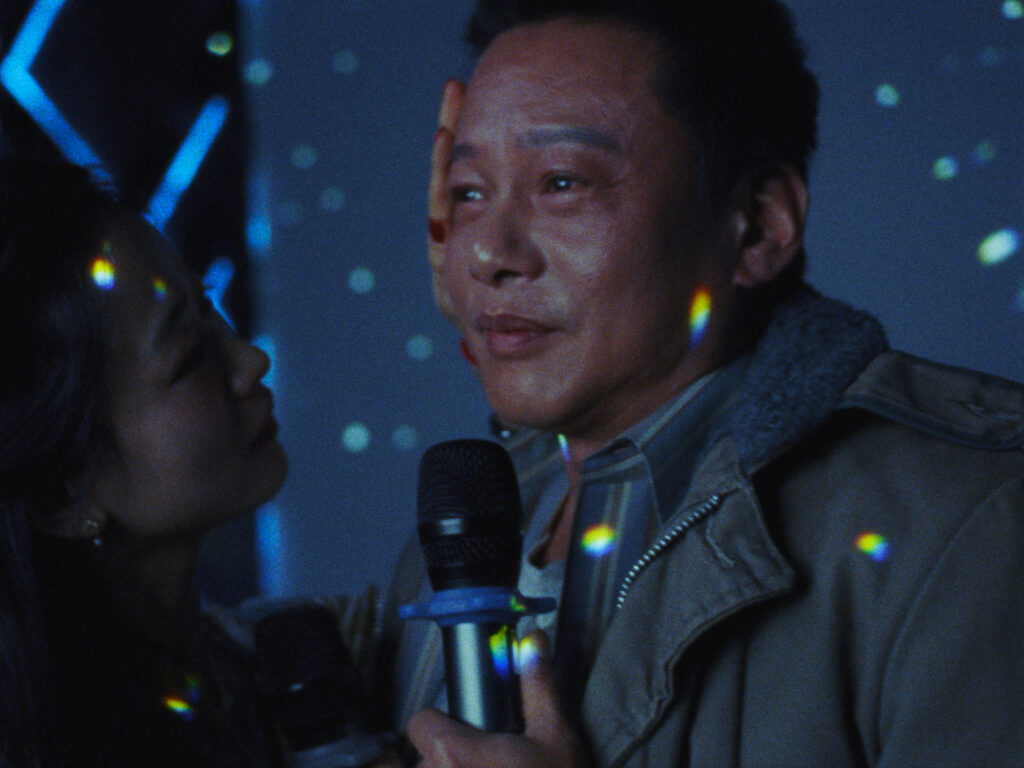


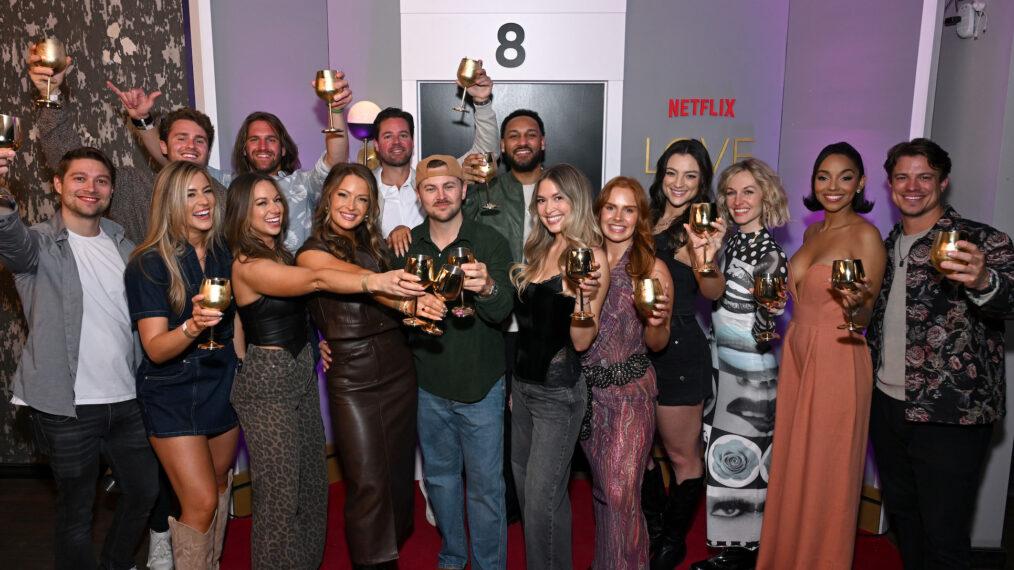

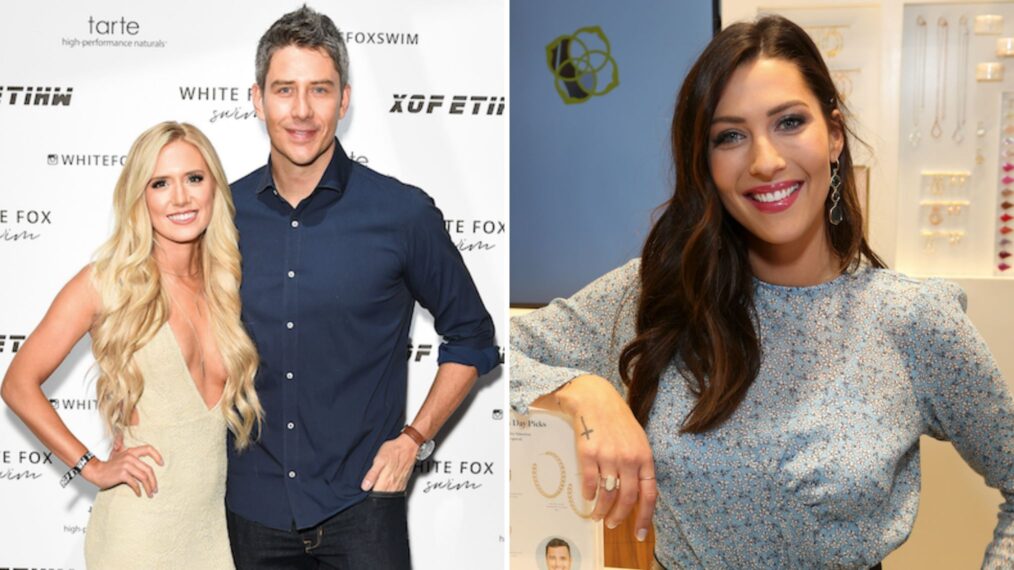




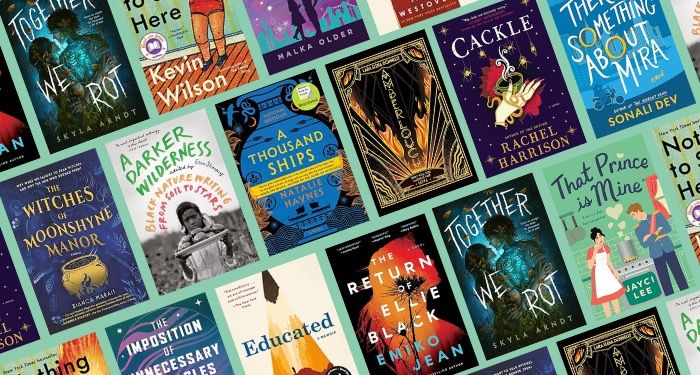
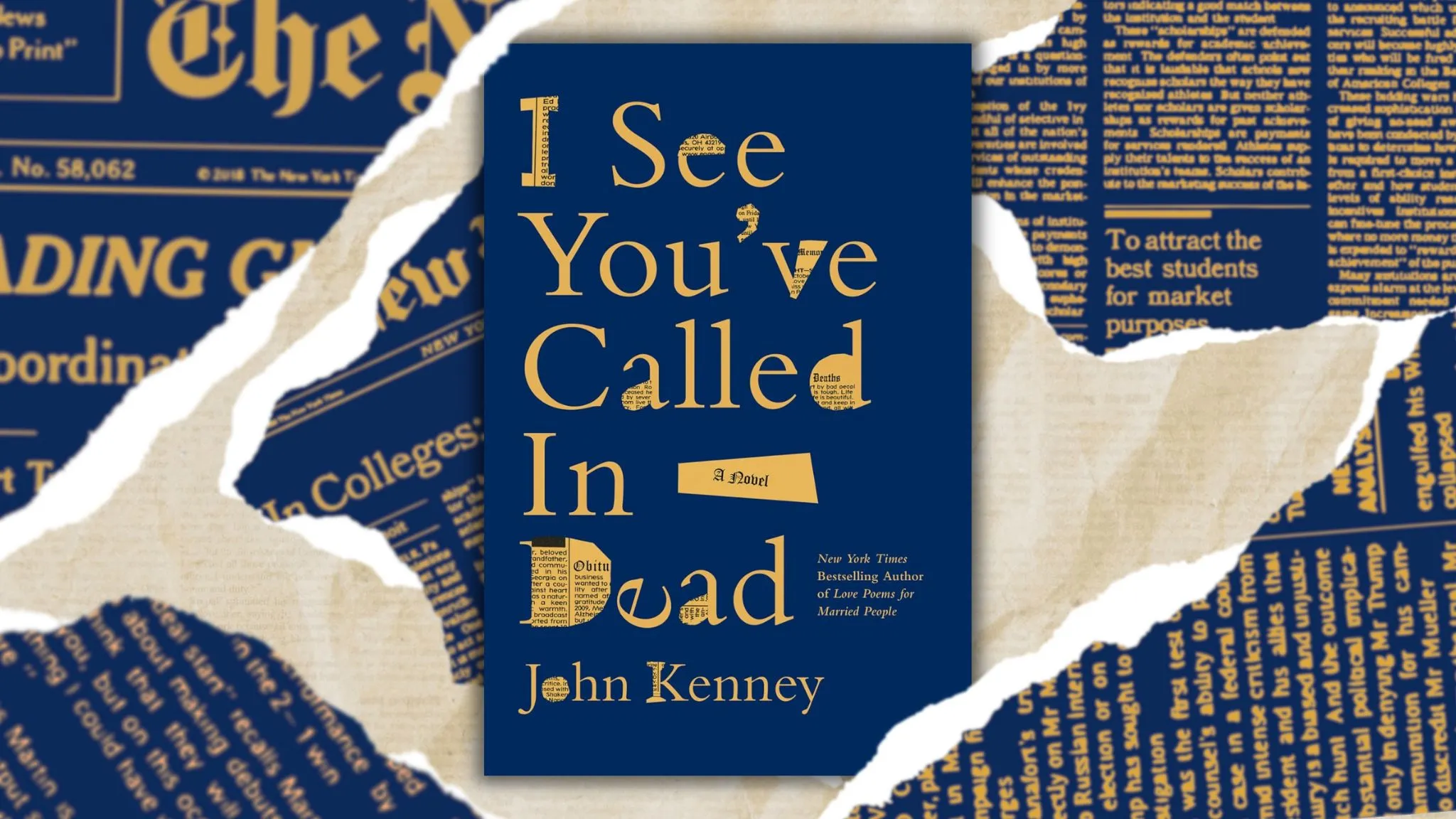

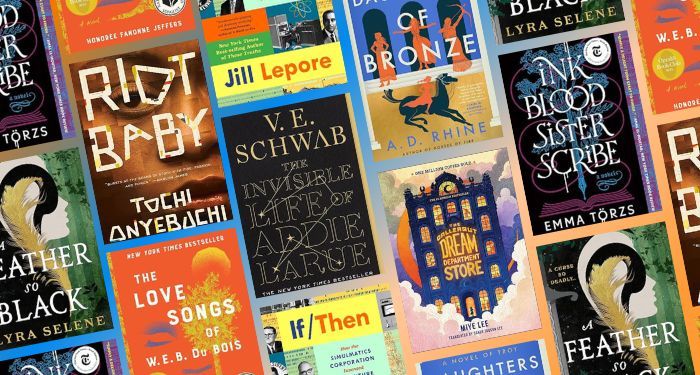
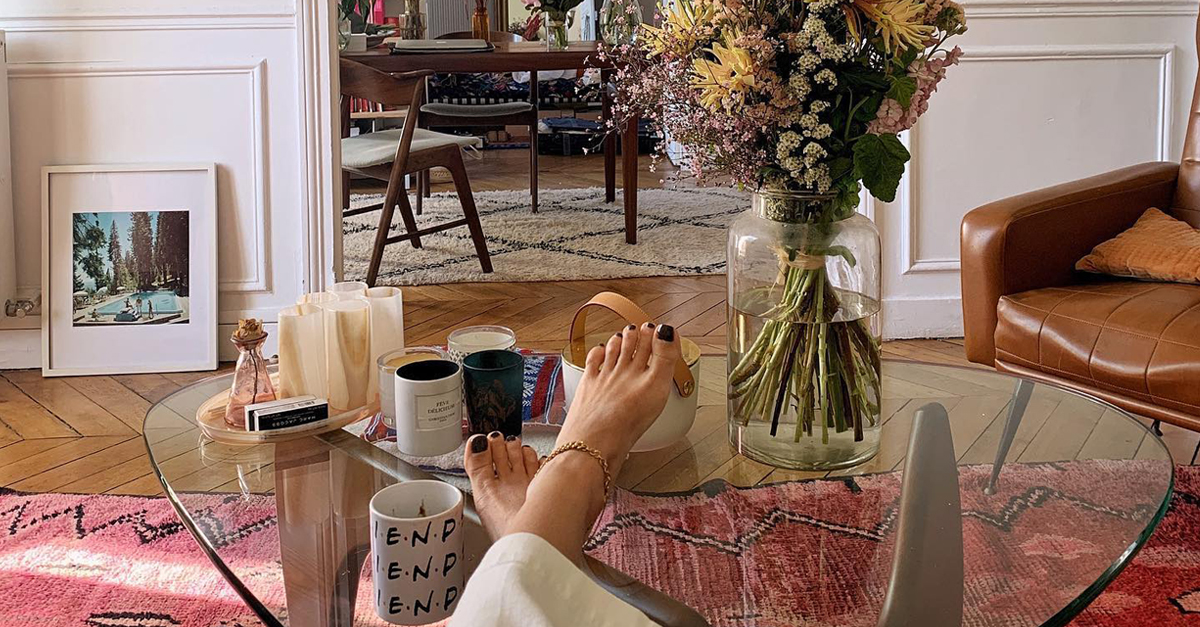
:quality(85):upscale()/2025/05/06/835/n/1922564/8e601b95681a5cf04194c6.14070357_.png)
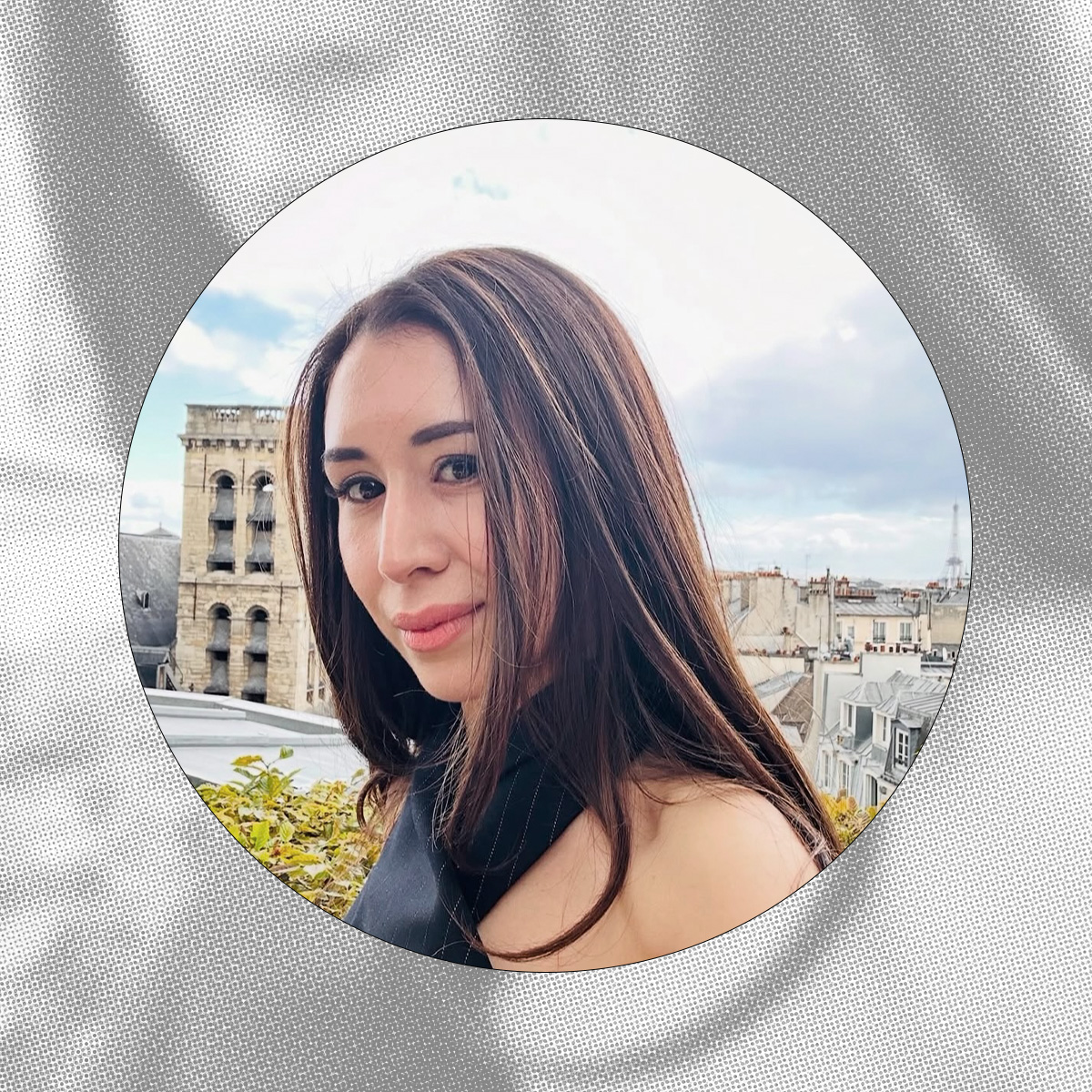
:quality(85):upscale()/2025/05/05/100/n/1922564/33582ae7681964cb0d40c8.72464171_.png)
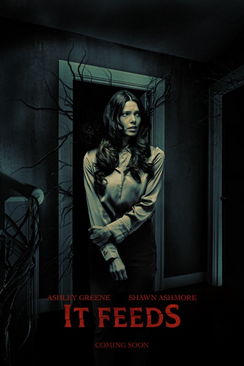


![ABYSMAL RITES – “Restoring The Primordial Order” [Heavy Sludge] ABYSMAL RITES – “Restoring The Primordial Order” [Heavy Sludge]](https://horrornews.net/wp-content/uploads/2025/04/WHD581-600x330.jpg)